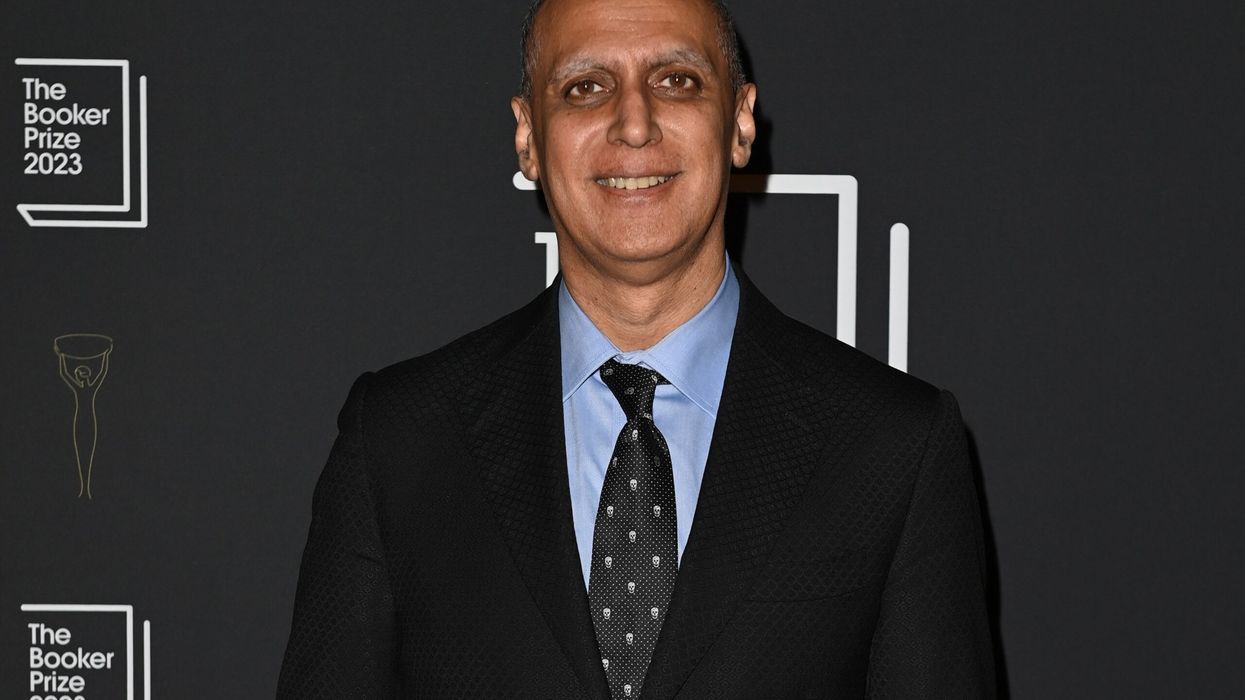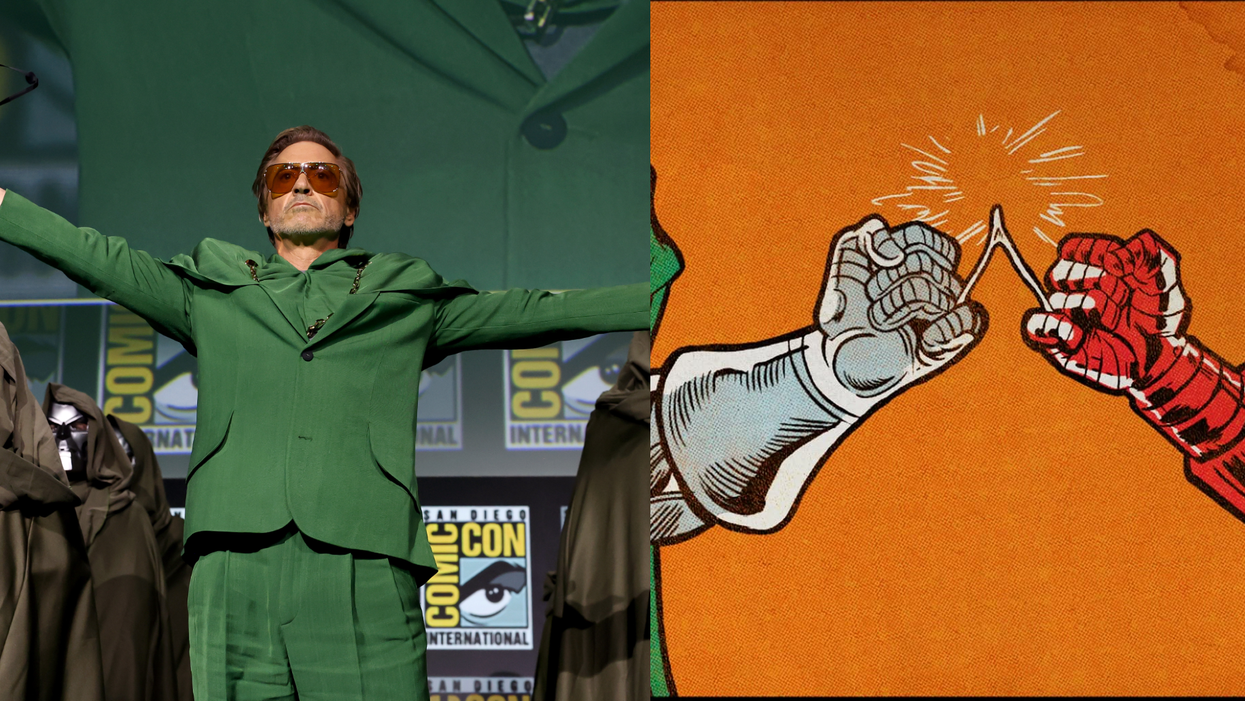The Award-winning British Indian musician Nitin Sawhney, who had to withdraw from Australia’s premier world music festival WOMADelaide due to a medical emergency, has revealed that he ‘had a heart attack’ a few days ago.
Known for musical scores in over 70 films, including for a screen adaptation of Salman Rushdie’s 1981 Booker Prize-winning Midnight's Children and Warner Bros’ Mowgli, Sawhney took to X on Wednesday and shared the news with his fans and well-wishers.
He wrote, “I was rushed to hospital and the NHS put a stent in one of the arteries leading to my heart, after which I was kept in to await a similar operation (which I was referring to in my quoted post) on another artery. Both ops have gone well and the NHS were fantastic. I will need a third, bigger operation next month but one day at a time I reckon…
“I weight train 3-4 times a week, regularly kick-box, eat healthily, and had no history of heart disease. When I spoke to the doctor, he said it was probably a genetic predisposition… Basically, as a British Asian, I have a significantly higher likelihood of cardiovascular disease or heart attacks. My dad had a triple heart bypass, my mum has had two attacks and three of my uncles had heart attacks with one dying on the spot.”
He further added, “It’s a terrifying feeling. Your chest feels like someone is sitting on your chest holding a 200kg weight and your head feels like it’s spinning out of control as you struggle to remain conscious. In my case, I completely blacked out, falling onto a glass ornament from a standing position, smashing the coffee table with my face as I collapsed into a pool of blood and broken shards, penetrating both cheeks, my nose, and the area just beneath my eyes. Later a plastic surgeon had to carefully remove pieces of glass from my face with tweezers after 4 injections to my face.”
Though Sawhney had to bow out of WOMADelaide, he is looking forward to his UK tour next month. “I’m ok… and (quick plug) we’ll still be touring the UK in April (Glasgow, Birmingham, Brighton, and London between the 7-11 https://aegpresents.co.uk/event/nitin-sawhney/). Obviously, we had to defer playing @WOMADelaide until next year. We also have to defer my performance with @the_halle on May 4th to later in the year as that will be soon after my third heart operation,” he wrote.
Sawhney, 59, also took the opportunity to talk about an alarming rise in fatalities from heart disease recently, particularly amongst British Asians, and said, “The point is there has been an alarming rise in fatalities from heart disease recently, particularly amongst British Asians. So… if you are Asian or, to be honest, in any vulnerable group… get your heart health checked out. It could save your life. You might not see something like this coming… I didn’t.”






 Robert Downey Jr’s new 'Avengers: Doomsday' tease puts Iron Man back in play and fans sense a twist Instagram/robertdowneyjr
Robert Downey Jr’s new 'Avengers: Doomsday' tease puts Iron Man back in play and fans sense a twist Instagram/robertdowneyjr 






